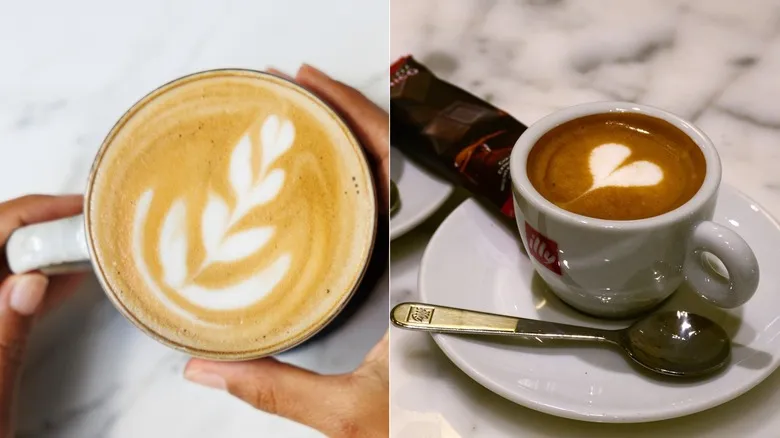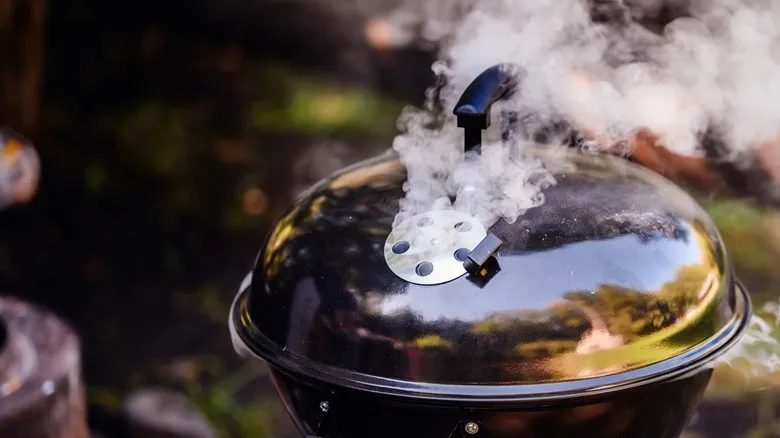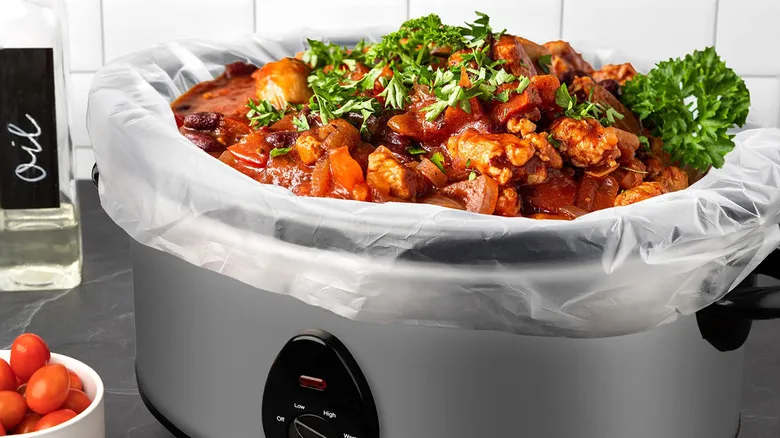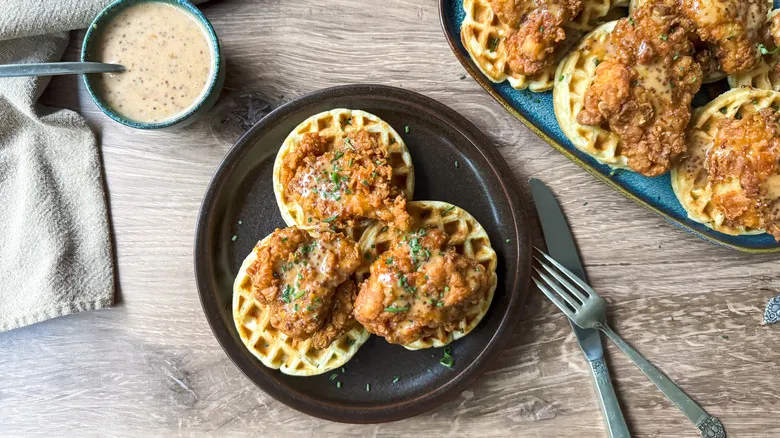What is a latte?
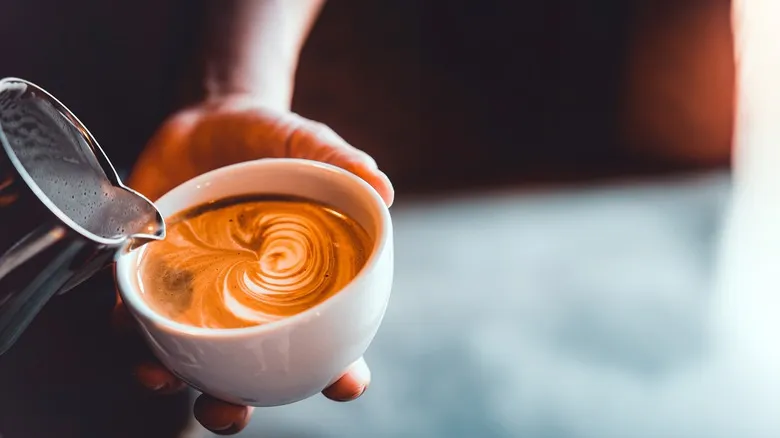
In Italian, the word "latte" translates to "milk," which is exactly what you'll find in this coffee beverage. The proper name for this Italian coffee drink is "caffè latte." If you happen to order just a "latte" in Italy, you might end up with a glass of milk instead. However, in the United States, ordering a latte will typically get you a drink that contains coffee.
A latte is generally a creamy coffee beverage, consisting of one part espresso to two parts steamed milk. The total volume is usually around 8 ounces (240 mL), which means it typically includes a double shot of espresso. A single shot measures approximately 1 to 1.5 ounces, though sizes can vary slightly. Keep in mind that many coffee shops provide drinks in various sizes, and larger lattes can easily exceed 10 ounces, so the exact ratios may differ based on the café's espresso shot volume. Overall, you can expect a latte to be quite milky.
Typically, a latte is finished with a thin layer of foam, known as microfoam, which is about 0.5 centimeters or one-fifth of an inch thick. This makes it less frothy than a cappuccino, which has about a centimeter of foam on top. Baristas may skillfully pour the milk to create designs, such as hearts, known as "latte art," although this is not mandatory. Lattes are usually served in larger coffee cups, but in some countries, like Australia, they may be presented in glasses.
What is a macchiato?
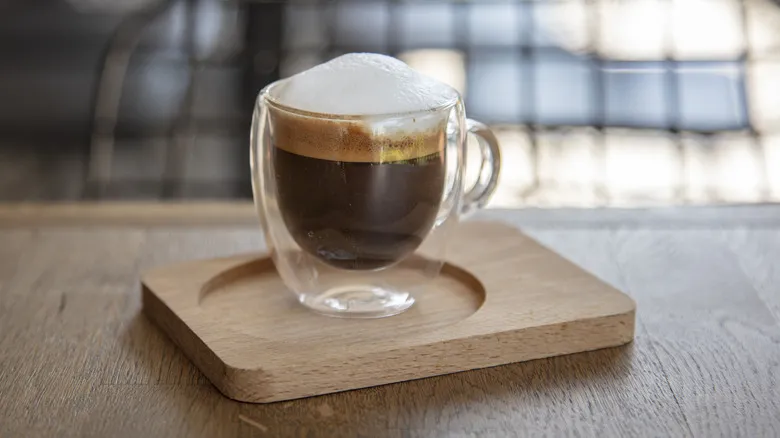
Originating from Italian, the term "macchiato" translates to "stained." In the context of beverages, this refers to espresso that is "stained" with a small amount of milk. Essentially, a macchiato consists of one or two shots of espresso with just a dash of steamed milk or foam on top. The precise quantity of milk can vary: some sources recommend merely a spoonful of foam placed atop the coffee, while others advocate for a creamier blend of two parts coffee to one part milk. Regardless, the flavor of the coffee remains much more pronounced compared to a creamier drink like a latte. Typically, it is served in an espresso cup due to its smaller size.
However, the definition of "macchiato" has become somewhat complex. For instance, there's the latte macchiato, which flips the concept by featuring hot milk that is "stained" with a shot of espresso (with a ratio of about 3-to-1), resulting in a drink that resembles a latte or cappuccino more closely. Additionally, in the realm of Starbucks, there are various flavored macchiatos, such as apple crisp and caramel. These drinks are more akin to latte macchiatos, as they are milk-heavy and "stained" with espresso, but they also include extra syrups, leading some baristas to view them as more dessert-like. The popularity of these beverages has blurred the lines between traditional espresso macchiatos and these sweeter options, so if you're uncertain about what a "macchiato" entails on a café menu, it's best to inquire before placing your order.
Recommended
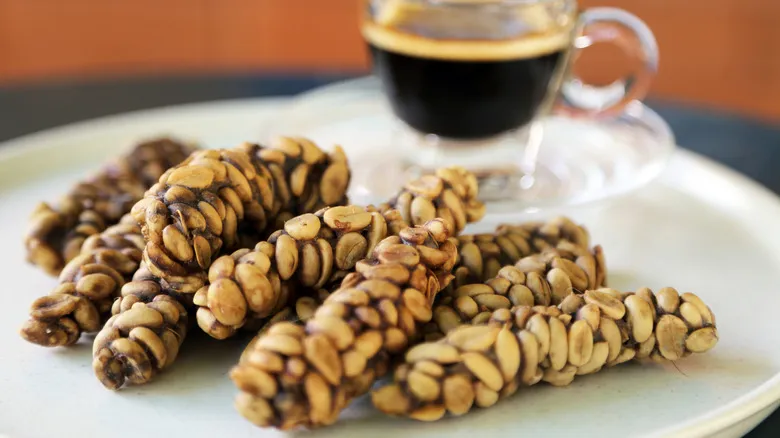
Kopi Luwak Proves Even A 'Crappy' Cup Of Coffee Can Taste Good
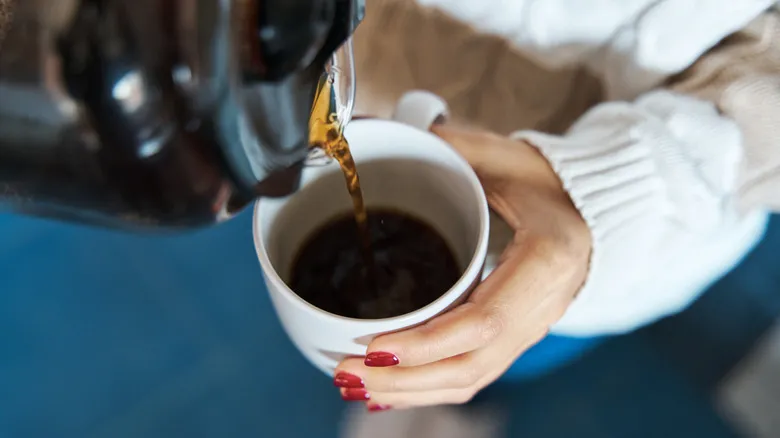
The Spicy Ingredient That Can Add A Subtle Heat To Your Coffee
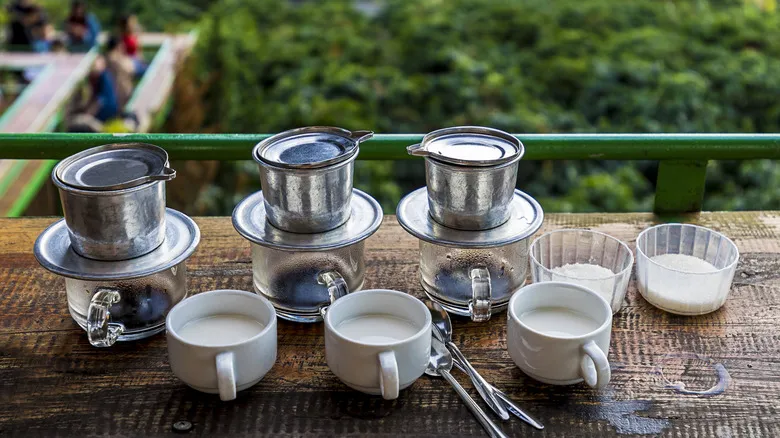
What Coffee You Should Drink When Visiting Vietnam
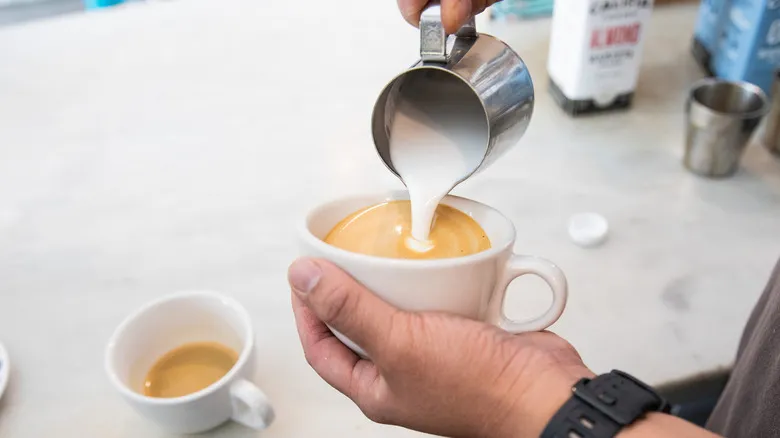
Oat Vs Almond Milk: Which Is Better For Creamy Lattes?
Next up

